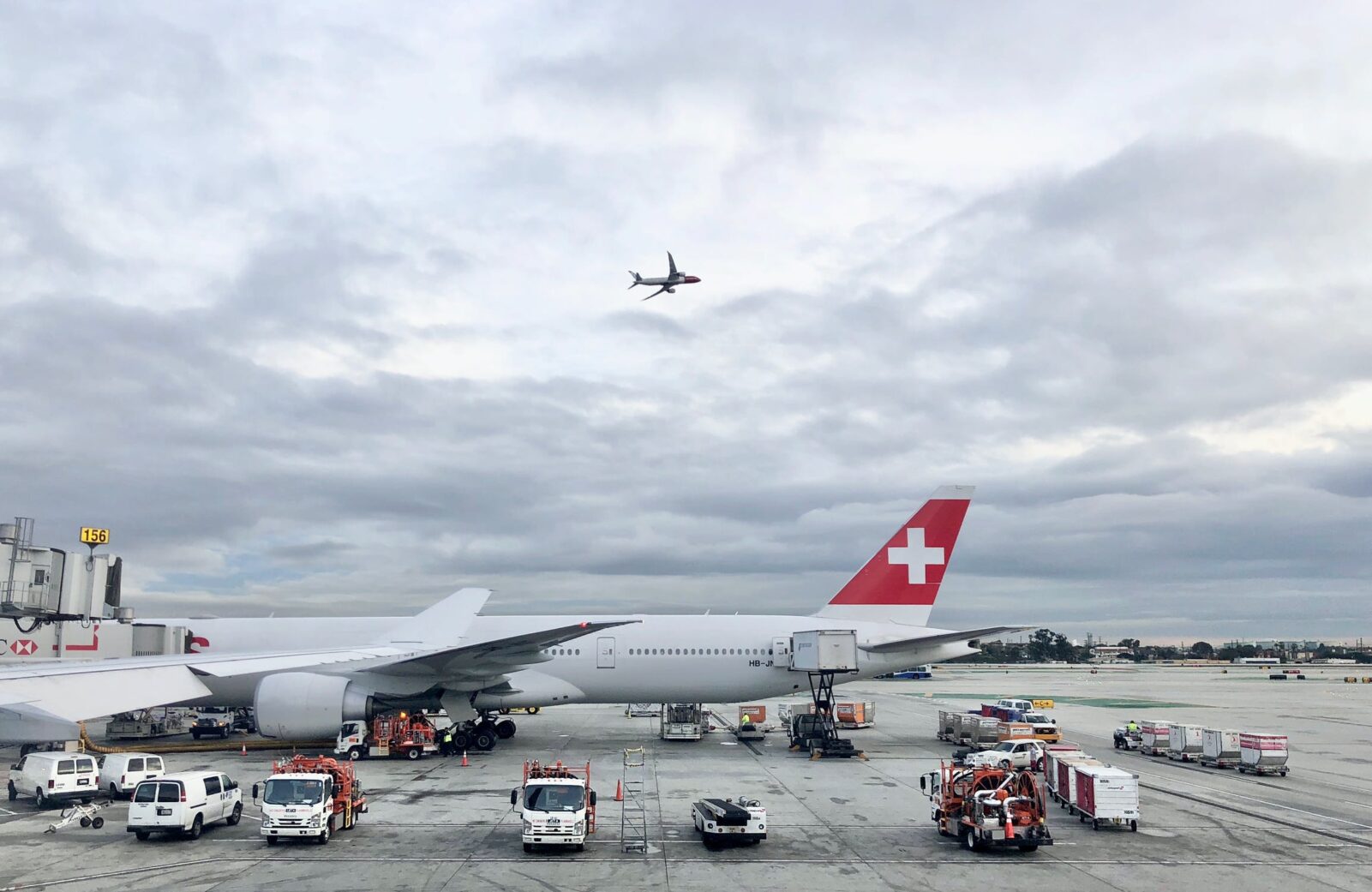Leaving your pets behind is not an easy thing. You have to arrange for someone to look after them. And in case you are migrating, you will be worried about your pet. You cannot just abandon them. Furthermore, if you have been living together for a long time, it will definitely be difficult to go somewhere alone.
However, things are different now. Previously, you were not allowed to carry your pets in trains, buses and planes. So you could only leave them at home and arrange a caretaker. But now, you can take your pets along with you. There are several transport companies and airlines that allow carrying your pets in their cages. So you can take them with you, as long as they don’t disturb others.
In addition to this, travel regulations vary with countries. Therefore, you need to go through the details and regulations regarding pet travel. European countries have clear regulations in this area. For more info check https://www.daera-ni.gov.uk/articles/qas-pet-travel-1-january-2021.
Furthermore, when you take your pets along with you, there is a need for examination too. Furthermore, your destination and the country that you are taking flight from also matters.
But you might still have some basic questions in your mind. So let’s answer them.
1. ISO microchips

Several European countries have made it compulsory for owners to administer microchips to their pets. However, apart from the European countries, many non-Euro countries also have this condition. Therefore, do check the regulation and if the microchip is necessary consult your vet.
Another thing that you need to be careful with is the ISO certification. The microchip should be ISO certified otherwise, a lot of countries won’t accept it. So ask your vet all the details and if he has the authority to administer these chips. This will make your job easy.
If you cannot find any vet with ISO chips, you can buy it online and get it administered through your local vet.
2. Certification
Some countries including America asks for a pet certification. The requirements on the certificate vary from country to country. Some countries only want to make sure that the pet is safe to keep in the country. Thus, you have to go to the local vet and get a complete checkup of your pet.
However, some countries have strict regulations. They will only accept the certificate issued by a USDA endorsed vet or by the federally accredited vet. Thus, you will need an international certificate, not a local one. So do check the country requirements.
In addition to the regional regulations, some airlines also demand a health certificate. So even if you do not need it to show to the immigration department, you will need the certificate. Therefore, it is essential that you check airline regulations too.
3. Rabies titer test

Apart from a general health certificate, European countries will also ask for the rabies titer test. This test will check the antibodies of your pet against rabies. Furthermore, the test requirement varies according to the country of origin of your pet.
And if you are sending your pet through cargo shipment, you will have to pay the fee for rabies test. In addition to this, the relevant authorities will also ask you for the payment regarding a blood test.
4. Your emergency plan
You will also need to provide a proper plan in case of an emergency. You never know what you might experience next. Therefore, prepare yourself in case of an emergency and make a plan regarding what you will do. So if you need to ship your pet or have to go through a rapid departure, what is your plan?
5. Flight kennel

Even if you pass through all the regulations, you cannot keep the pets on the plane. Therefore, you should not expect that if you are taking your cat or dog, you can let them roam freely on the plane.
So where will they go? There is a cargo area beneath the passenger cabin. Your luggage goes there and so do your pets. Therefore, you need a proper cage in which you can leave your pet. Furthermore, the cage should be big enough for the animal to stand and sleep properly. This cage is called the flight kennel, which is made according to the IATA specifications.
And if you are worried about the temperature and pressure setting, no need to worry about that. Usually, the temperature of the cargo area is a bit higher than the passenger cabin. But if there is a pet in there, the authorities will inform the staff. Thus, they will make sure the temperature is not too high or low to cause any harm to your pets.
You might also have a question regarding the pressure. But don’t worry. The pressure is the same in all the cabins.
6. Sedation is not allowed

Leaving your pet in a box in the cargo area might seem stressful for you. However, you can relax because it will be safer there. But sometimes people worry too much and consider sedating the animals. They think that through this method, the animal will sleep throughout the traveling time. However, this is not allowed on flights.
Firstly, because sedation results in dehydration and that will be even riskier for its life. Secondly, there is a chance that the pet will awake before reaching the destination and this will be even more stressful for it.
Furthermore, sedation varies with the height, weight and breed of your pet. Certain animals need a lower dose while others require a higher dose. Therefore, a properly educated and experienced vet should do this job. That is why airline authorities do not allow sedation as they are not sure of all these things.
These are the things that you need to be careful of. So do check them and have a safe trip.


